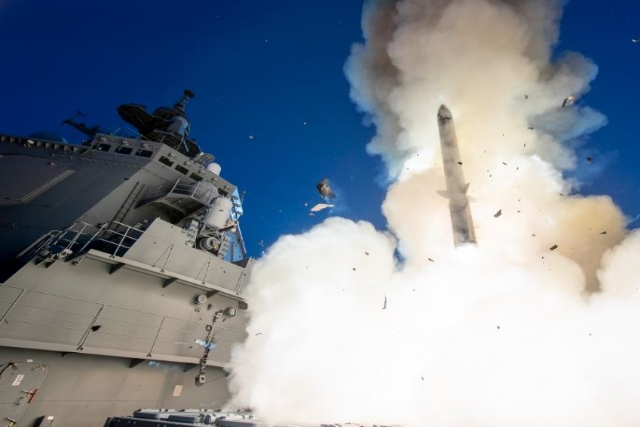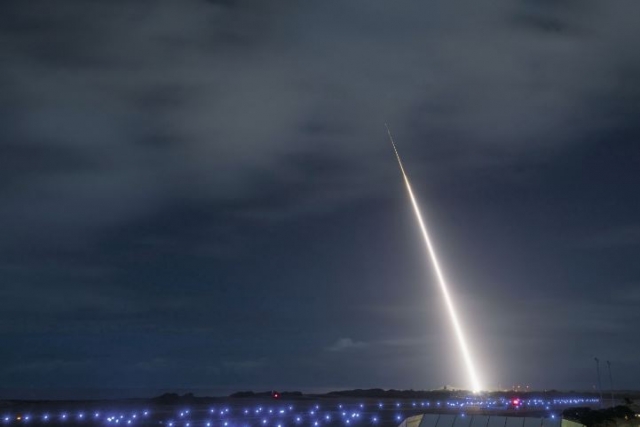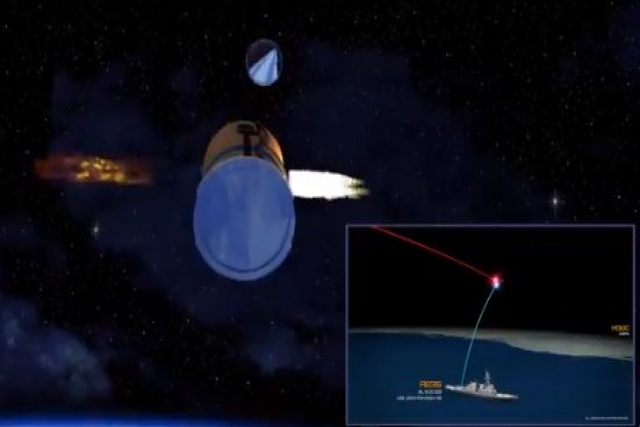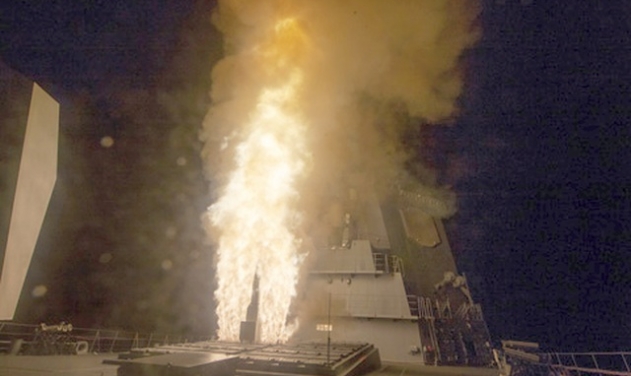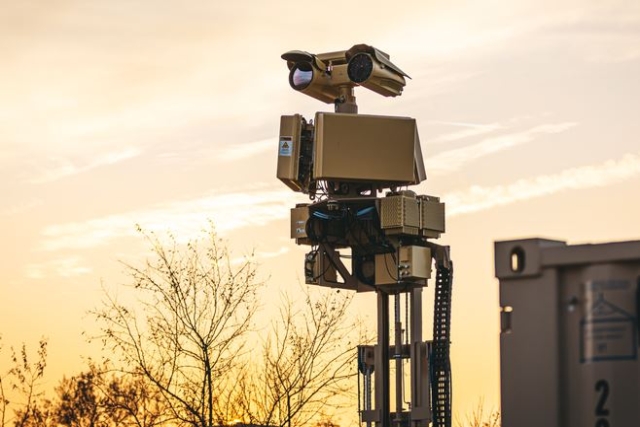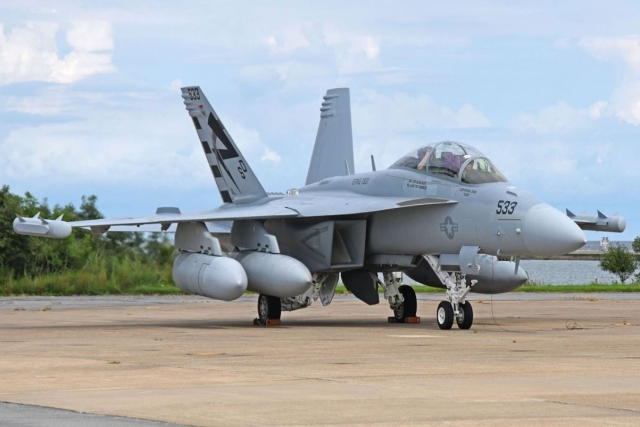Raytheon Wins $1.94B for SM-3 Missile Production for U.S., Japan
The contract was awarded to Raytheon on July 25, 2024.

Raytheon has won a contract valued at $1.9 billion to deliver Standard Missile-3 (SM-3) Block IIA All-Up Rounds for the U.S. government and the Japan Ministry of Defense (JMOD) as part of a Foreign Military Sales agreement.
Production is expected to be completed by February 28, 2031. Funding for the contract includes $584 million from fiscal year 2023 procurement funds, which are used to purchase military equipment and supplies, and $383 million from fiscal year 2024 procurement funds, alongside $308 million from JMOD Foreign Military Sales funds.
The RIM-161 Standard Missile 3 (SM-3) is a ship-based surface-to-air missile used to intercept short- and intermediate-range ballistic missiles as part of the Aegis Ballistic Missile Defense System. Although primarily designed as an anti-ballistic missile, the SM-3 has also been employed in an anti-satellite capacity against a satellite at the lower end of low Earth orbit.
The SM-3 is primarily used and tested by the United States Navy and also operated by the Japan Maritime Self-Defense Force. The SM-3 interceptor uses sheer force, rather than an explosive warhead, to destroy its target. Its "kill vehicle" hits threats with the force of a 10-ton truck traveling 600 mph, using a technique referred to as "hit-to-kill," which involves colliding with the target at high speed to destroy it.
In cooperation with Japan, Raytheon is developing the next-generation SM-3 Block IIA interceptor. It has two distinct new features: larger rocket motors that will allow it to defend broader areas from ballistic missile threats and a larger kinetic warhead, which is a non-explosive warhead that destroys targets through sheer force. The interceptor's kinetic warhead has been enhanced, improving the search, discrimination, acquisition, and tracking functions, to address advanced and emerging threats.
